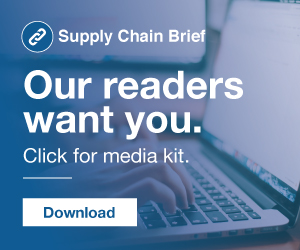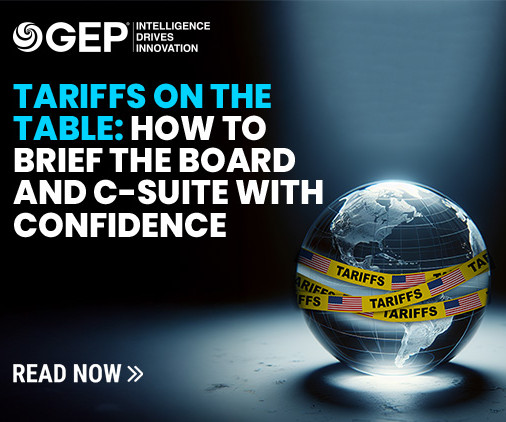Time to Replace Your TMS? Three Ways to Tell
Talking Logistics
APRIL 24, 2018
Deciding whether and when to replace a piece of supply chain software is a tricky balance: You can’t wait until your operations (or customers) are significantly affected by cumbersome processes or the lack of visibility, yet you know the inefficiencies of your current software are holding you back. A transportation management system (TMS) is no different.




































Let's personalize your content